
Richmond, Virginia, was the second largest hub for the U.S. slave trade and the capitol of the Confederacy. Statues of Confederate soldiers still line Richmond’s premier boulevards, serving as silent reminders of the city’s painful racial past.
“I feel like we’re still living within an unspoken space of segregation. The monuments keep that in line,” says Sionne Neely, director of communications at Initiatives of Change, a W.K. Kellogg Foundation (WKKF) grantee.
Community advocate Duron Chavis, agrees: “In our day-to-day lives, we see the scars of racial inequity all around us.”
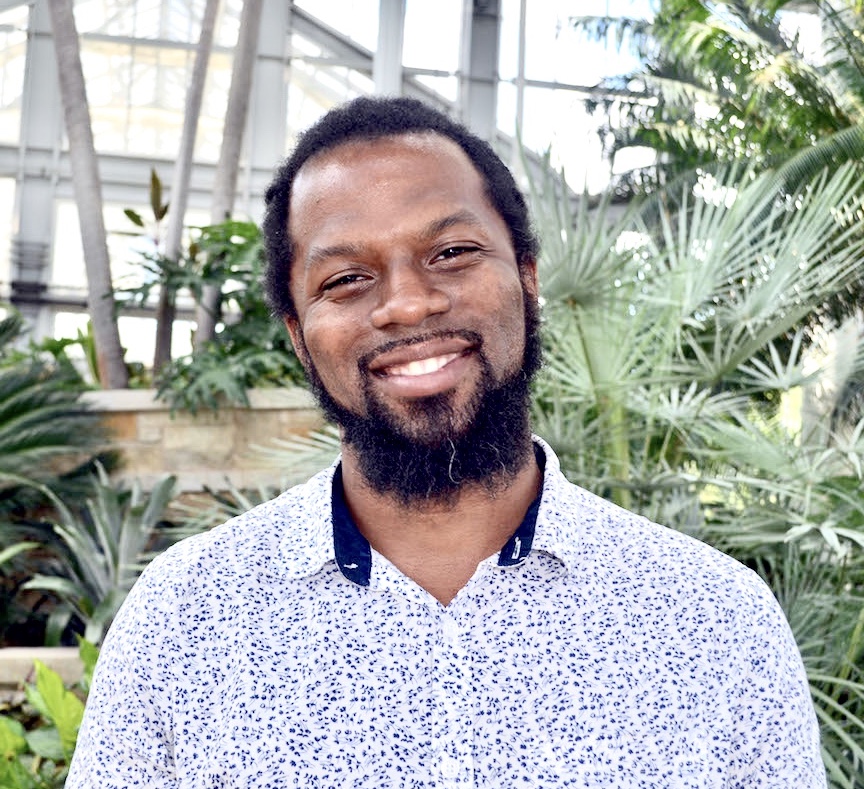
Chavis and Neely – and the organizations they work for – are part of Richmond’s Truth, Racial Healing & Transformation (TRHT) effort, led by Initiatives of Change USA (IofC). This growing coalition is creating spaces for racial healing, where people from diverse backgrounds examine the past, build relationships and lay the groundwork for an equitable future.
For Chavis, gardens are the perfect racial healing space. As the community engagement manager at the Lewis Ginter Botanical Gardens, his approach is to extend the experience of the botanical gardens into communities of color. “There’s a public transit issue, and everyone can’t get to Lewis Ginter. So Ginter Garden is showing up in communities and working with them to create the beautiful spaces they deserve.”

Chavis recruits groups of volunteers from across Richmond’s zip codes – spanning race, class and gender identity – to help cultivate the greenspaces. Each volunteer cohort goes through a 12-week training program called Ginter Urban Gardeners that Chavis designed to teach gardening and place-making through a racial equity lens.
As might be expected, participants gain hands-on experience with soil management and plant propagation. But Ginter Urban Gardeners goes a step beyond; cohorts explore how racism has shaped the neighborhoods surrounding each greenspace.
“We start off with a focus on race in place,” says Chavis. “That’s the first session, talking about the history of Richmond, particularly around urban renewal, the interstate highway creation, redlining and things like that. That’s the grounding for the entire cohort.”
The training program exposes people from more privileged neighborhoods to the scars of inequity imprinted on Richmond’s infrastructure. Chavis has studied redlining maps from the 1950s, which show whole neighborhoods where banks, insurance companies, the real estate industry and municipality actively avoided investment based solely on the race and ethnicity of residents. He says these overlay perfectly with current maps of neighborhoods that have “a preponderance of vacant lots and blighted properties.” Formerly redlined communities are now food deserts, where families live without access to healthy food. They are also urban heat islands – 10-15 degrees hotter than the rest of the city, because there aren’t enough trees providing cover.
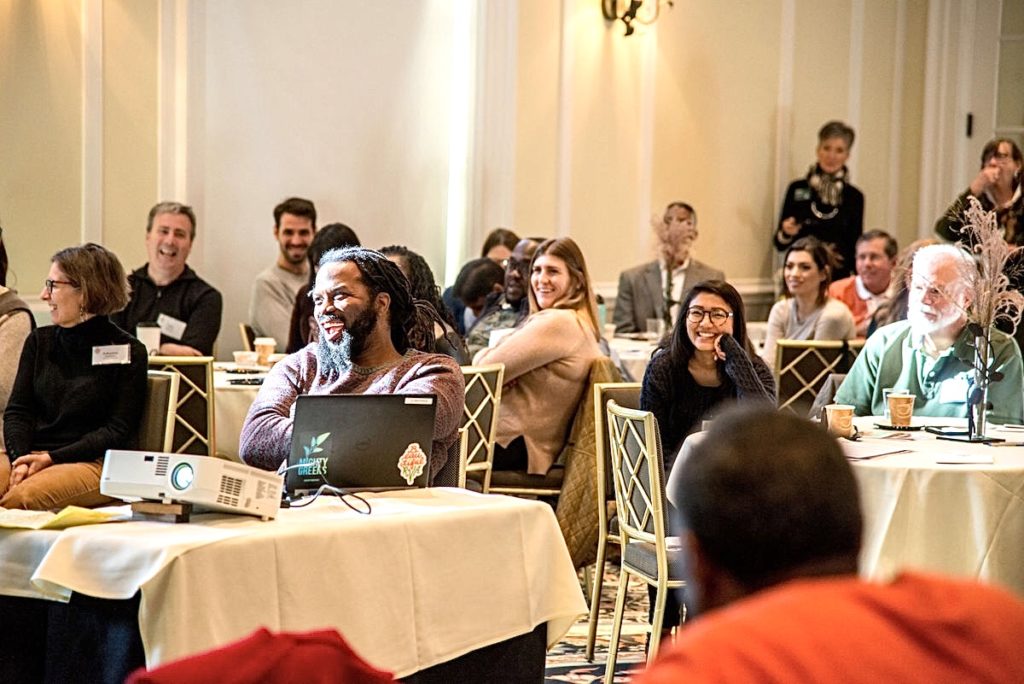
The Ginter Urban Gardeners course ends with real-time experience in building racial equity. Each cohort hosts a community listening session in a neighborhood where they will co-create a new greenspace.
“We provide a space for neighbors to plan and envision what kinds of greenspace could be used in their neighborhood,” explains Chavis. “We’re very intentional about holding space for a community that has not had an opportunity to share their voice; centering those communities in plans to move forward in a hyper-local way.”
Alicia Aroche, director of Truth, Racial Healing & Transformation at Initiatives of Change says of the program, “It takes healing to another level. It’s active. It’s immersive. And being from Richmond, I would say Richmond is ready for more of these experiences.”
Inspired to healing action
Chavis initially became interested in urban agriculture after meeting local Black farmers, who became his mentors. He shaped that interest into Ginter Urban Gardeners after participating in Initiatives of Change’s Community Trustbuilding Fellowship and attending the Kellogg Foundation’s national TRHT Summit in 2016.
He saw TRHT in Richmond aligning with Lewis Ginter Botanical Garden’s desire to become more inclusive. “I was able to go back home and say, ‘one of the largest foundations in the country is talking directly and intentionally about racial healing and transformation. How can we embody that here at the botanical garden?’”
Lewis Ginter Botanical Gardens is now also making in-roads to create conversations about racism among similar institutions, donors and more privileged communities.

“It’s shifting things,” Chavis observes. “Once an institution like Lewis Ginter, with its level of influence, means and privilege, shows up having a conversation about race, it’s heard in a different way. You can’t dismiss an institution of this caliber saying ‘we’re willing to have a conversation around race and racism, around inequity and equity.’”
As gardens are changing the Richmond landscape, Neely and Aroche at IofC are experimenting with the role the arts can play in racial healing, truth-telling and courageous conversations.
How art is reshaping healing spaces and changing narratives
Last year, IofC focused on engaging artists in unearthing historical narratives, truth telling and envisioning a more equitable future. “Art and music can do things that words and talking can’t do,” says Neely, IofC’s marketing and communications manager.
Verbalizing the impact and trauma of racism is not always easy for individuals or communities. Racial healing spaces require careful facilitation, for participants to feel safe sharing their pain.
At IofC’s events, art itself becomes a means of facilitation, especially in their community conversation series called Call and Response.
Art and music can do things that words and talking can’t do.
Sionne Neely Tweet
For one Call and Response event, they invited a photojournalist from a local independent newspaper to exhibit his nearly 20 years of photos related to gun violence. They also invited families affected by gun violence. The event featured a drum circle – and the healing power of arts came to the forefront.
“There was just a beautiful mix of families who have been affected by gun violence,” Neely recalls, “and we heard them say, ‘Wow, this is the first time that I haven’t been plagued with thoughts about the loss of my brother or sister; the first time that I’ve had the freedom to just do something with my hands, to get through this pain and suffering.’”
At another Call and Response event, they invited visual artist Alfonzo Perez Acosta to facilitate a conversation on immigration. He knew from his role as art director at the Latinx-serving organization, Sacred Heart Center, that participants would be speaking a diversity of languages. So, he asked everyone to make art as their primary means of talking to one another.
Initiatives of Change has also invited local artists – three seasoned and six emerging – to spend 2019 unearthing hidden stories from Richmond’s past and weaving them into art installations in prominent places. They call this the Narrative Change Collaborative. An outgrowth of their outreach and artistry are the murals showing up around town, all depicting stories collected from Black women about their experiences in Richmond.
Finally, for the National Day of Racial Healing on Jan. 22, 2019, local children, youth and adults unleashed their imaginations during a two-day arts festival. Nearly 400 people participated in an eclectic arts workshop that ranged from drawing and printmaking to Zydeco, hip hop and West African dance. Together they organically created a community art show and a unique social space.
The idea was to honor the sacrifices made by people who suffered the impacts of racism throughout Richmond’s history by envisioning a new future together. As they created, participants were mindful of the first 20 African men brought to North American shores in bondage at the Port of Jamestown, just 60 miles away.
Neely explains, “We asked ourselves, what is the dark matter we don’t want to talk about or deal with? And then what’s coming up to the surface? What new visions are coming up? What new actions? What new leadership?
“Art sparks imagination for communities. It allows people to see a different version of reality. Imagination is everything.”
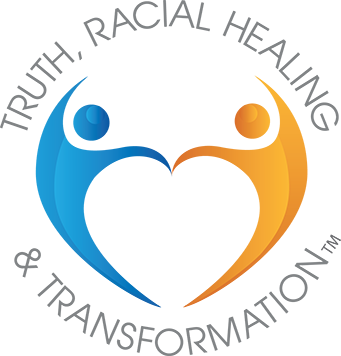
Launched in 2016 by WKKF, Truth, Racial Healing & Transformation (TRHT) is a comprehensive, national and community-based process to plan for and bring about transformational and sustainable change, and to address the historic and contemporary effects of racism. TRHT processes are active in at least 13 communities in the U.S., on college campuses and in libraries. Learn more at healourcommunities.org.

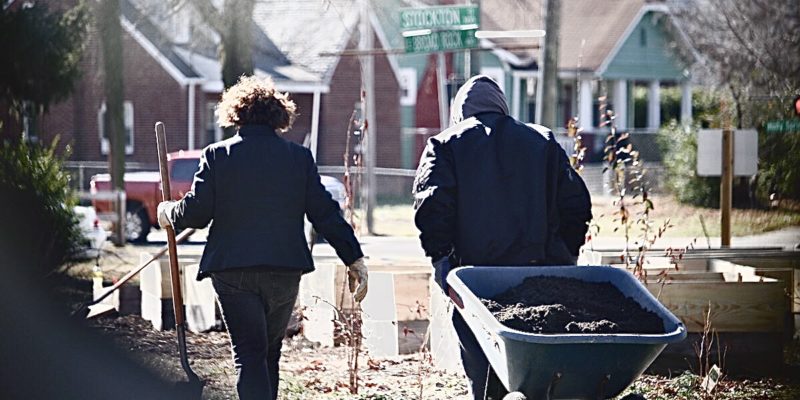
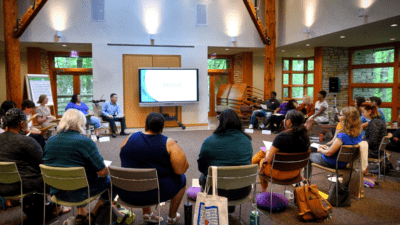
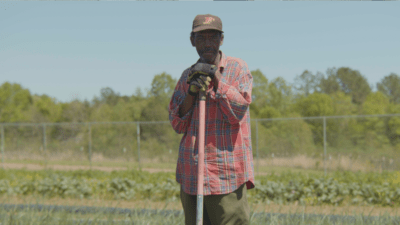
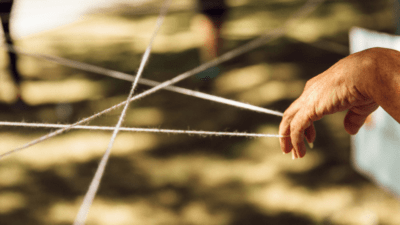
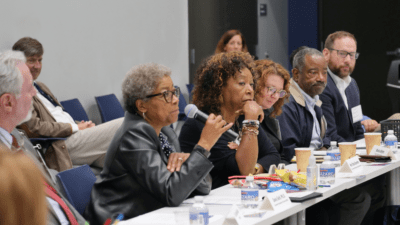
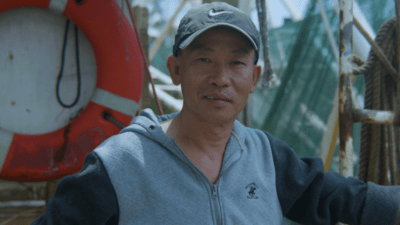

Comments